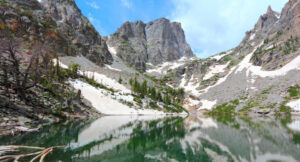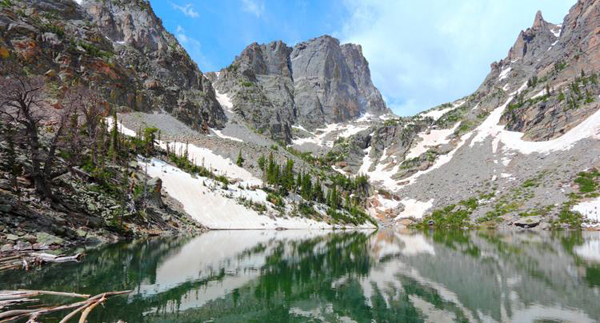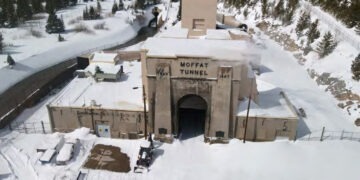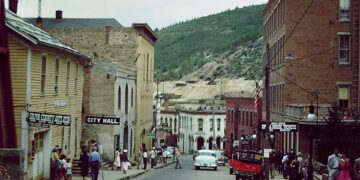 Created by Congress over a hundred years ago this week
Created by Congress over a hundred years ago this week
Signed into law on January 26, 1915 by President Woodrow Wilson, Rocky Mountain National Park would forever protect the incredible resources found within its boundaries so that future generations might also benefit from its beauty and wildness. Over the years, Rocky Mountain National Park has continued to delight and inspire visitors from down the street and around the world with spectacular scenery and recreational opportunities. Even though it was never their year-round home, the Ute tribe favored the areas green valleys, tundra meadows, and crystal lakes. The Utes dominated the area until the late 1700s.
With the 1803 Louisiana Purchase, the U.S. government acquired the land now known as Rocky Mountain National Park. Spanish explorers and French fur trappers skirted the area during their wilderness forays. Even Major Stephen H. Long, the explorer for whom the peak is named, avoided these rugged barricades in his famous 1820 expedition. In 1843, Rufus Sage wrote the first account of Rocky’s wonders, called Scenes in the Rocky Mountains. The Pikes Peak gold rush of 1859 drew hopeful miners and speculators. Their settlements at places like Lulu City, in what is now the northwest part of the park, were ephemeral. The rousing boom times yielded to an industrious homesteading period starting in the 1860s. Harsh winters proved inhospitable to grazing, but the abundant bears, deer, wolves, and elk howled through the trees and the mountains continued to draw Easterners impressed by the sublime landscape. Mountain water proved more precious than gold. The Grand Ditch in the Never Summer Range intercepted the stream source of the Colorado River and diverted it for cattle and crops in towns such as Greeley and Fort Collins.
Support authors and subscribe to content
This is premium stuff. Subscribe to read the entire article.





